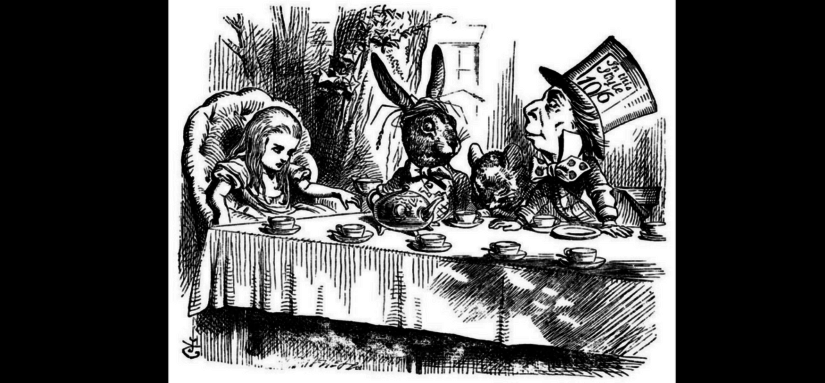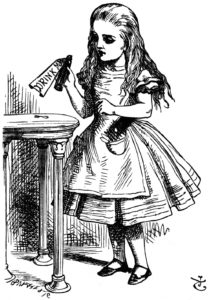All this month, we’ll be helping Children’s Hospital Los Angeles‘ Make March Matter campaign, which aims to raise over a million dollars in March alone for CHLA through the efforts of its corporate partners, among which we are proud to be numbered. Children’s Hospital Los Angeles sees over 528,000 patient visits annually, and is the top ranked pediatric hospital in California by US News & World Report. You can help Make March Matter by simply attending one of the many events or participating in one of the many initiatives being offered by CHLA’s partners (including our event on Saturday, March 25), all listed at www.makemarchmatter.org.
To help remind us all to Make March Matter to support children’s health, we’ve asked all our contributors here at the website to focus on books and comics for kids, or the books or comics that meant the most to them as kids, because we firmly believe that escaping into literature is just as important in keeping children healthy and happy.
Today’s piece is from comics writer Aubrey Sitterson:
As a kid, I absolutely adored Alice in Wonderland. The animated Disney movie, sure – I still call a crescent moon a “Cheshire Cat smile.” Assorted television live-action adaptations, absolutely – each one, amazingly, somehow creepier than the last. But how I first experienced Alice was the way that it was meant to be experienced; it was, of course, through the books.
I won’t lie. At first, the thing that truly grabbed me about Alice in Wonderland was the artwork – I’m a comics writer after all. I was fortunate that my first exposure to the material was through volumes illustrated by the amazing John Tenniel.
Though it wasn’t comics, Lewis Carroll and Tenniel’s work together created an amazing synergy, which is why even today, it’s near impossible to do a visual version of Alice – or its too often forgotten sequel, Through the Looking-Glass – without being, in one way or another indebted to Tenniel’s artwork.
But as I grew older, as I kept coming back to Alice in Wonderland, I realized that what really grabbed me and appealed to me about the book was the language used in it. The language of Alice isn’t notable because of how lush or colorful it is. In fact, the language of Alice can, at first glance, seem simplistic or even downright nonsensical. But beneath the copious amounts of nonsense, beneath the riddles and contradictions and absurd arguments that fill its pages, the book is, at its heart, about language and its inextricable connection to logic.
This should come as no surprise, of course, as Alice’s author, Lewis Carroll, was, among other things, a brilliant logician, and his most well-known work says more about the nature of logic than most masters theses in the subject. Whether you’re talking about Wonderland or the other side of the looking-glass, the worlds Lewis explored were ones shaped by language, for better or for worse, highlighting the absurdities, inconsistencies and contradictions of our spoke, and written word in a literal fashion.
Lewis understood that without thought there could be no logic – logic is the natural occupation of the human brain. And just as crucially, he knew that without language…there could be no thought. Language shapes the way that our minds think and operate, and accordingly, it shapes the way that we perceive the world around us. This is the true power of language: It enables thought, it encourages logic and it gives form to the world we live in. Language creates something out of nothing. Language is magic.
Through Alice in Wonderland, I was instilled early on with a love of language and the magic contained within it. Riddles, rhyming games, reversing phrases, saying things backward…I adored all of it, because it gave me, as a child, a sense of power and control. The world is scary and intense and intimidating for a kid, but you can cut the knees out of that terror, you can slay the Jabberwocky, if you recognize that not only is it all a bunch of nonsense, but that it’s nonsense you can control and even mold into something else.
It’s this love of language, this love of Alice and Wonderland, that led me to study linguistics and philosophy in college. And it’s this desire to create, to embrace the nonsense that flows underneath all of existence, to form it into something meaningful, that drives me to create magic of my own through my own writing.




Comments are closed.